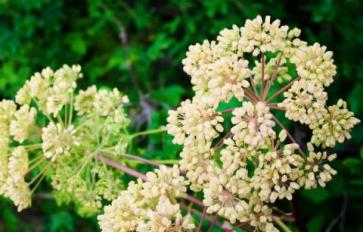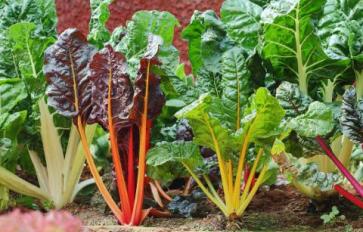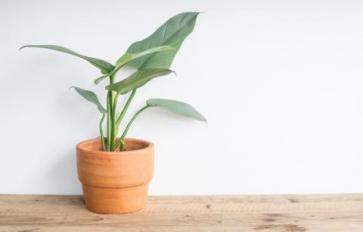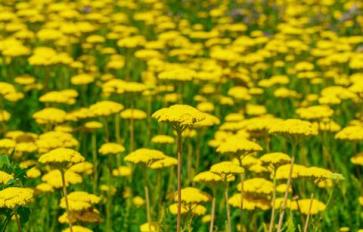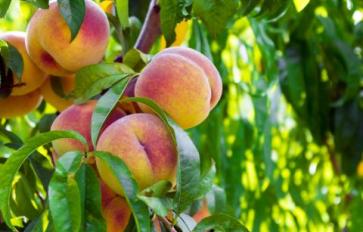
Come winter, most people spend the majority of their time indoors. And while nothing takes the place of heading out into the cold to get some fresh air and exercise, there is something that can be done to make the most of the toasty air around the fireplace. Bring some of that outside air indoors with some potted plants.
What’s floating around the inside of your cozy winter cabin? On average, the air inside is much more polluted than the outdoor air. The toxins most commonly found cozying up within our sealed windows waft from countless sources, including paints and varnishes, wood and paper products, plastics, dyes, detergents, tobacco smoke, rubber, leather, paint, window cleaning products, and fertilizer. These substances most commonly contribute trichloroethylene, formaldehyde, benzene, xylene, and ammonia to the air. Additionally, people themselves contribute to air pollution indoors (think, the air on an airplane a few hours into the flight) with emission of carbon dioxide from the mouth and methane from the, er, bottom. Depending on exposure and severity of the toxins in the air, their effects vary from confusion, coma, or swelling of the lungs to similar symptoms to the common cold, like sore throat, coughing, dizziness, headaches, and nose irritation. But even in the absence of these toxins, many people in an enclosed space can contribute to germy, polluted air that transmits illness.
Putting any plant in your home or office can immediately remedy the stuffiness that can come from over-emission of carbon dioxide.
During photosynthesis (the process by which a plant produces its own fuel) plants convert light energy into chemical energy by absorbing photons (soaking up the sun) via certain proteins most highly concentrated in the leaves. The plants intake carbon dioxide (which, conveniently, is what we exhale) and convert it to sugar. In combination with absorbing water via the root system, and taking in these other two substances, the plants synthesize their own fuel, and the byproducts of this process are oxygen and scant amounts of water.
A few years ago, The National Aeronautic and Space Administration (NASA) conducted a study on which plants are best to filter toxins from stagnant indoor air. It was discovered that certain plants (the ones that belong to a category I’m going to call superplants) filter out more than just carbon dioxide in the air. NASA found in preliminary tests that one plant (the spider plant, to be specific) removed 95 percent of the toxic substance from a sealed Plexiglas chamber in 24 hours. Scientists are still unsure just how this happens, but according to NASA’s final report on the study, Interior Landscape Plants for Indoor Air Pollution Abatement, they hypothesize the “plant roots and their associated microorganisms then destroy the pathogenic viruses, bacteria, and the organic chemicals, eventually converting all of these air pollutants into new plant tissue. It is believed that the decayed radon products would be taken up by the plant roots and retained in the plant tissue.”
The most potent of these superplants were the Florist’s Chrysanthemum (Chrysanthemum morifolium) and the Peace Lily (Spathiaphyllum ‘Mauna Loa’). These two filtered out all five of the common toxins mentioned above.
Plants that filter out all but ammonia (which is something that can be moderated by checking cleaning product labels) include Cornstalk Dracaena (Dracaena fragans Massangeana), English Ivy (Hedera helix), Variegated Snake Plant (Sansevieria trifasciata ‘Laurentii’), and Red-Edged Dracaena (Dracaena marginata).
For the full list of toxin-filtering plants, visit this site. Before you cozy up beside the fire this winter, bring some fresh air into your space with a fresh-air producing plant. Breathe freely knowing your air is cleaner and your lungs are healthy.
* Be sure to check how your pet might react to the certain plant you choose, as some can be dangerous for animals’ consumption.


